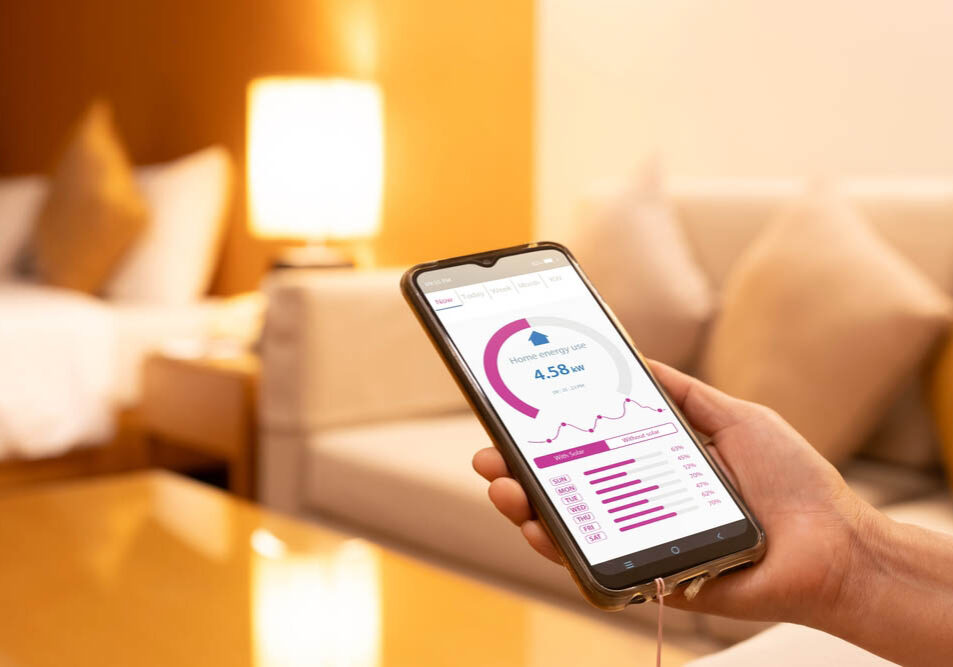Best Practices for Using an Electricity Usage Monitor to Lower Bills

Electricity usage monitors are essential tools for homeowners looking to reduce their power bills and make more energy-efficient choices. For many, especially those considering electrical meter upgrades in Honolulu, HI, these monitors can provide actionable data to maximize savings. With a few simple practices, you can turn the data from your monitor into measurable reductions in energy costs while keeping track of your energy usage. Here’s how to make the most out of your electricity usage monitor.
Set Up the Monitor Correctly
To start, choose an electricity usage monitor that fits your home. Some advanced models connect directly to your breaker panel or meter and may require a licensed electrician for installation. Alternatively, plug-in monitors are great for tracking individual appliances. Proper setup is crucial for accurate readings, giving you a solid foundation for optimizing energy use.
Establish a Baseline for Energy Use
Once your monitor is set up, run it for about a week to establish a baseline for your typical energy consumption. This allows you to compare your monitor’s data to your utility bills, making it easier to identify unusual spikes in usage. Knowing what “normal” looks like empowers you to make data-driven adjustments.
Identify Energy-Intensive Appliances
Next, plug high-consumption appliances—like heaters, refrigerators, and entertainment systems—into your monitor. This will help you see which devices are driving up your bills. If your utility offers time-based rates, consider running these appliances during off-peak hours to save money.
Consider Upgrades for High-Consumption Appliances
If your monitor reveals consistently high usage from older appliances, it might be time to consider upgrading to energy-efficient models, which can dramatically cut power consumption. For homes with increasing energy demands, 200 amp meter upgrades can also enhance your electrical system’s capacity, allowing for the installation of these energy-efficient solutions. Additionally, using smart power strips can help eliminate “phantom loads,” cutting off power when devices aren’t in use.
Schedule Periodic Reviews
Lastly, make it a habit to review your monitor’s data monthly. This helps you spot new trends or areas for improvement. Even small changes, like unplugging unused devices or tweaking heating and cooling schedules, can lead to significant savings over time. For any adjustments or installations, consider consulting a licensed electrical contractor to ensure everything is set up safely and effectively. By effectively using an electricity usage monitor, you can transform energy data into actionable insights that yield meaningful results.
Analyze Patterns and Trends
As you monitor your energy usage, you may notice helpful trends. For instance, are there peak times of day when energy use spikes? Identifying these patterns allows you to make adjustments, like shifting tasks such as laundry to non-peak hours. Seasonal data can be especially valuable, as heating and cooling needs typically increase usage. Adjusting your thermostat and planning energy-heavy activities for off-peak times can reduce overall expenses.
Take Control of Your Energy Bills
Contact E I Electrical Inc. today to learn more about installing an electricity usage monitor in your home. Let us help you achieve greater energy efficiency and start saving on your electricity bills!








